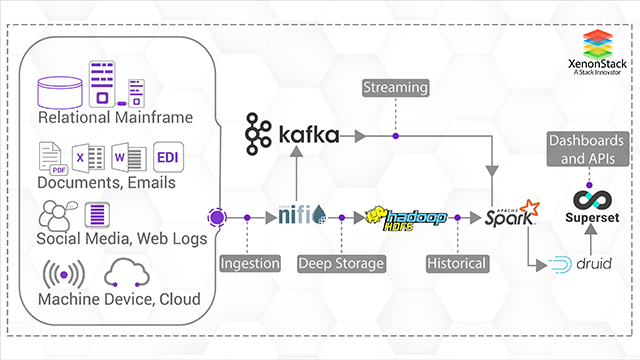Introduction to Kubernetes Federation
- Kubernetes cluster configured in any region on any Cloud platform like AWS, Microsoft Azure, and Google Cloud.
- Kubernetes Federation manages deployments and services across all the clusters located in different areas.
- Synchronizing resources across clusters
- Cross-cluster discovery
Challenges for Kubernetes Cluster Adoption
Kubernetes Federation cluster has following issues/ problems -- Cannot access Federation cluster if it gets down, cannot access Federation until it gets up back.
- In case failure of Federation Cluster, every Kubernetes Cluster will act as an independent Cluster.
- Alerting and Auditing across Federated Kubernetes Clusters.
Solution Offerings for Setting up Kubernetes Cluster Federation
- Kubernetes Cluster runs on different Clouds and in different regions managed and controlled by using Kubernetes Federation control plane.
- Kubernetes Federation control plane shares the resources across the cluster and keeps in sync which minimizes the cluster failure chances across the cluster.
- Kubernetes Federation provides high availability by sharing load across the cluster using DNS service and load balancers.
Multi-Region Kubernetes Cluster Management
Steps to create Multi-Region Kubernetes Cluster -- Create New Kubernetes Cluster enabling preemptive node features.
- Get static IP from Google Compute Engine.
- Kubernetes YAML is defining multiple Kubernetes objects involving autoscaling.
- Continuous Delivery Pipeline
- The configuration of GEO-Domain Name Server
- After activation, create two pools using static IP
- Create a monitor and finally the load balancer that distributes load based on visitor geolocation.
- Geographically Distributed Deployments
- Hybrid Cloud extending deployments from on-premises cluster to Cloud
- Higher Availability
- Application Migration
- Resilience from Single zone failure
- Zero downtime master upgrades
- Reduced downtime from master failures
- Sync Resources across clusters
- Cross-Cluster delivery
- Fault Isolation
- Scalability
- Global Scheduling
- Automated Recovery from datacenter failures
- Avoids vendor Lock-In
- Federation can keep resources in multiple clusters in sync.
- Federation provides high availability by spreading the load across clusters and auto-configuration of load balancers, minimizing the impact of a cluster failure.
- Federation provides Hybrid Cloud capabilities of Kubernetes Clusters running in different Cloud providers.
- Learn about Kubernetes Native Serverless Framework
- Checkout XenonStack's Kubernetes Consulting Services



Thanks for submitting the form.